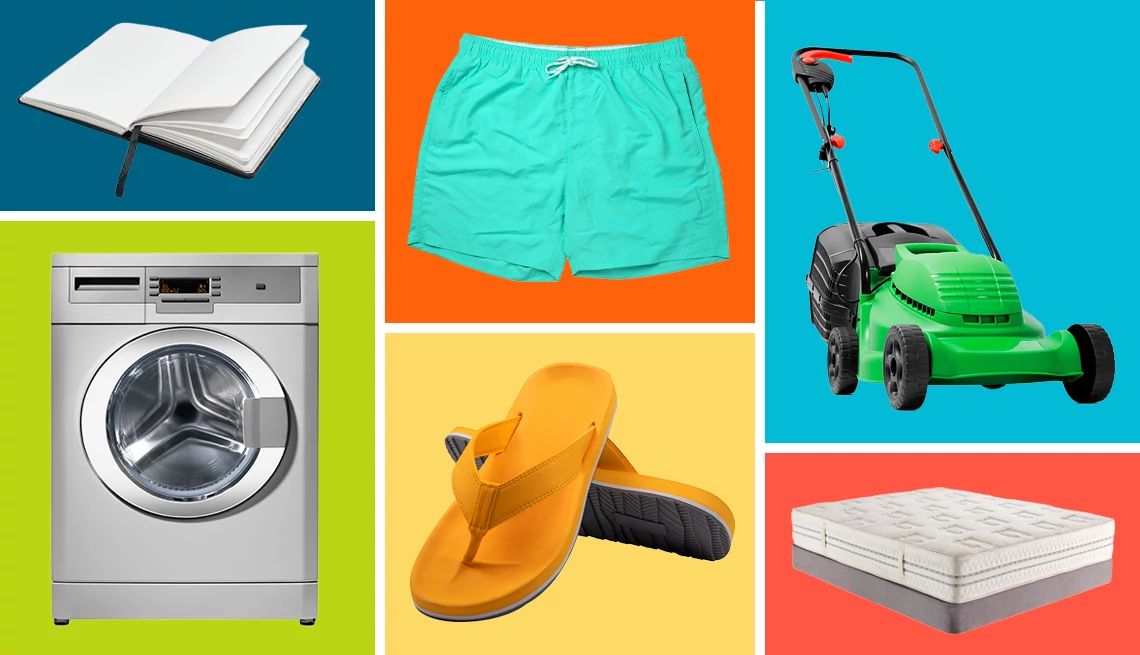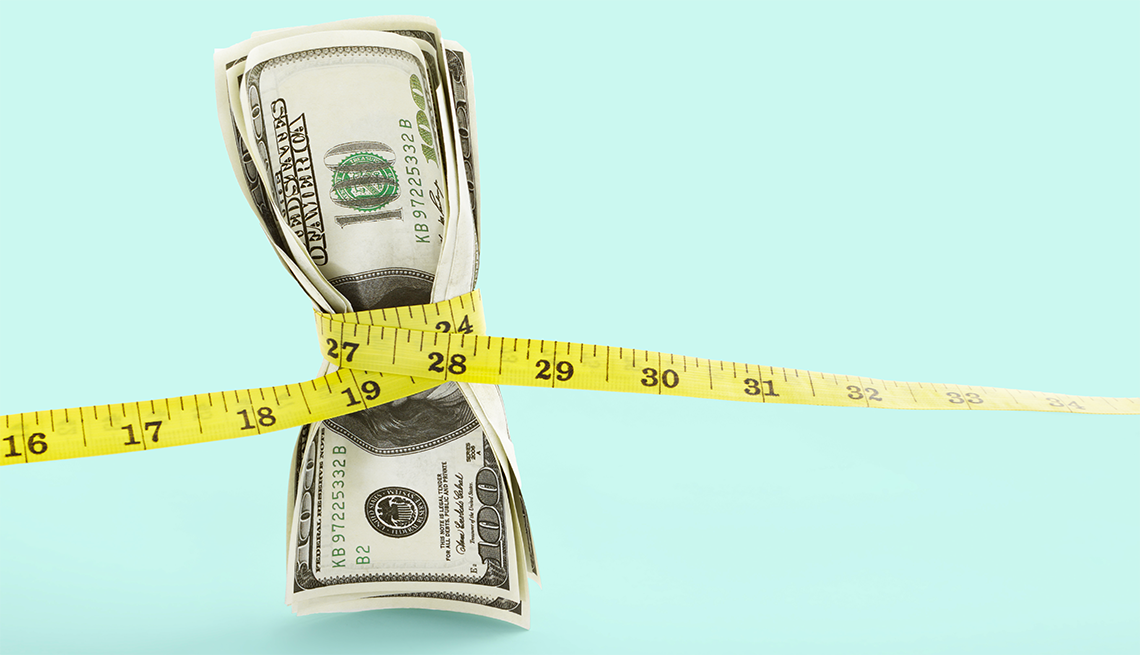AARP Hearing Center


Keeping your home cool when the mercury rises often means higher electric bills. Homeowners in particularly warm regions are accustomed to seeing their energy bills spike during the summer — and things could get worse, as residential electricity prices rise amid a growing number of energy-heavy data centers powering AI.
In a July survey from AARP’s Public Policy Institute, two-thirds of adults 50-plus reported increases in their electric bills, and 3 in 4 expressed concerns that costs will continue to climb. That echoes data from the U.S. Energy Information Administration that shows the average residential price for 1 kilowatt-hour of electricity ticked up from 16.41 cents to 17.47 cents between May 2024 and May 2025, a 6.5 percent increase.
The good news is there are small steps you can take to trim your home's air conditioning and electric costs. Here are 10 things you can do to shave your cooling bills.
1. Defang energy vampires
Many electronic devices, from computers to printers to televisions to coffee makers, continue to use energy and drain power even when they're powered off. These devices are known as "energy vampires" and, according to one study, they can consumer up to nearly one-fourth of an average household's annual electricity use.
Need Help Paying Your Electric Bill?
If you’re struggling to afford your utility bill, you may be eligible for bill pay assistance. Find out more at the AARP Foundation.
Learn about how AARP has championed legislation to keep energy bills affordable and accessible here.
How much can you save by unplugging these energy suckers? As much as 20 percent of your electric bill, according to Duke Energy.
2. Get a programmable thermostat
If you don't mind letting the house get a bit warmer when you’re gone and cooling it off before you get home, consider getting a smart thermostat, a device that allows you to control your home's cooling and heating system from your smartphone. Homes equipped with an Energy Star-certified smart thermostat save 8 percent, on average, on their energy bills.














































































More From AARP
Here's How to Never Miss a Bill Again
Kiss late fees goodbye by setting up automated payments
Worried About Inflation? Advice for Retirement Savers
Avoid taking big risks on uncertain predictions
A Field Guide to Bear Markets
You can learn to live with them, but not love them